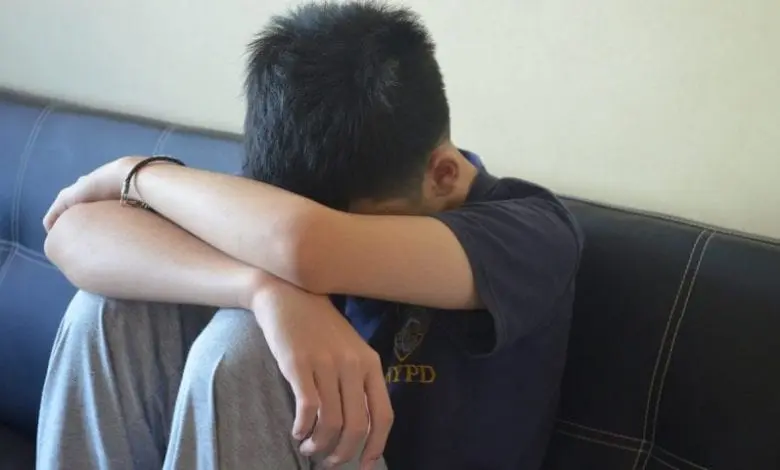Helping youth deal with violent crime

Violent crime, particularly knife crime, is on the rise and the stories are regularly reported in the media, resulting in exposure to sometimes quite distressing reports. When these sorts of events hit the news, it’s important to think about how and what we communicate with children and young people.

